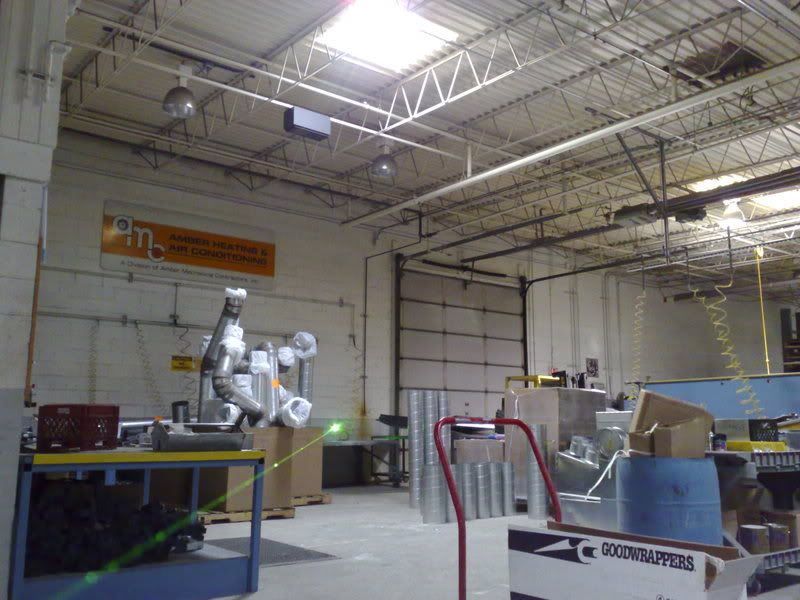I did some testing of my DX200, which i have taken appart.
This laser is built like this:
IR pump diode -> crystal assembly -> expander lens -> collimator lens -> narrow aperture at the top.
Unlike some quality lasers there is no collimator or fast axis lense between the IR diode and the crystals, so the IR spreads, while the green beam comes out of the crystals quite narrow.
After the crystals, the small expander lens in a brass nut mostly expands the green, and a part of the IR, while the brass nut blocks most of the IR.
The collimator again mostly collimates just the green, a little bit of remaining IR, while it blocks even more of it.
The narrow aperture at the top blocks even more IR.
When i observed the beam at these various points, the IR glow around the green beam became less and less powerfull at each next component.
At the crystals there is a lot of IR glow, at the expander, there is slightly less, at the collimator even less, and at the top, it is not noticable anymore, with an unmodified camera.
So the way these are bult prevents most of the IR from coming out.
Some of it still comes out, and spreads, but it is very little - comparable to one or two IR LEDs max..
I also noticed, that if the crystals are not properly aligned, there is MUCH more IR leaking. The IR glow was MUCH more powerfull on the camera, but again dropped at each component, and at the top it was completelly obscured by the green, and not noticable anymore.
I have to wait for the laser power meter, before i can finish rebuilding my DX200 and fine-tune it, so i will repeat this experiment in front of the meter with filters, to measure the exact power of the IR at each of the above mentioned steps.
Some people have measured the green and IR output of the laser, and the IR was only around 30mW if i remember correctly.
So the main thing to worry about is not hitting your eyes with the green beam, as it is more dangerous. Even just looking at the spot on the wall from a few meters away can hurt your eyes and i wouldn't recommend it.




